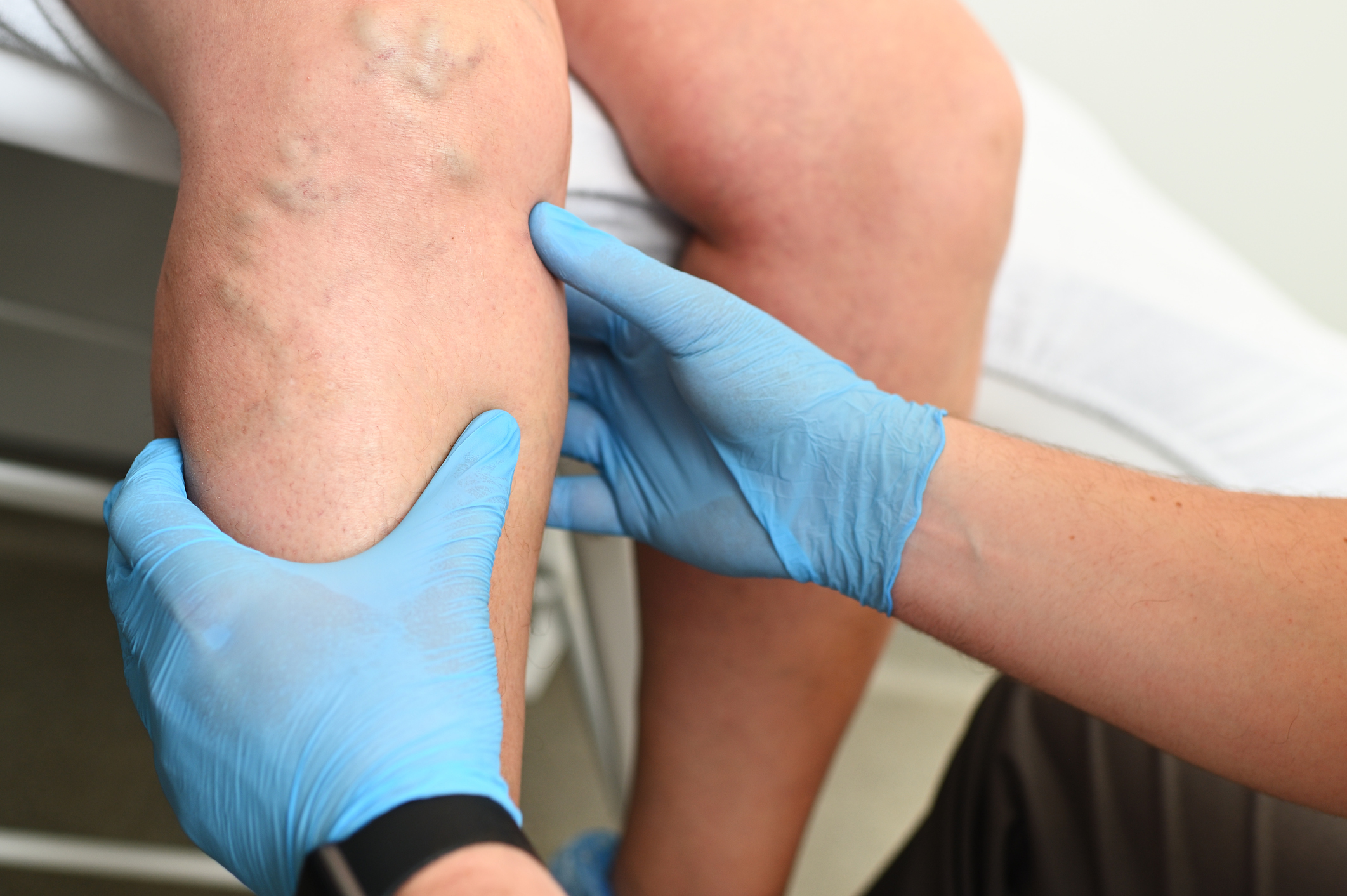Post-thrombotic syndrome (PTS) is a condition that can occur in people who have experienced deep vein thrombosis (DVT), which is a blood clot that forms in a deep vein, usually in the leg. PTS can cause pain, swelling, and other symptoms in the affected limb. In some cases, the symptoms can be severe and interfere with daily activities.
The cause of PTS is not completely understood, but it is believed to be related to damage to the valves in the affected vein. When a blood clot forms in a deep vein, it can damage the vein walls and valves, which normally help to prevent blood from flowing backwards. As a result, blood can pool in the affected area, leading to swelling, pain, and other symptoms.
Symptoms of PTS can vary in severity and may include:
- Pain, aching, or throbbing in the affected limb
- Swelling or heaviness in the leg
- Skin changes, such as redness, itching, or scaling
- Varicose veins
- Leg ulcers
The symptoms of PTS can develop gradually and may not appear until months or even years after a person has had DVT. In some cases, PTS can develop even if the DVT was treated successfully.
Diagnosis of PTS typically involves a physical exam and a review of a person's medical history. An ultrasound or other imaging tests may be used to check for blood clots or other abnormalities in the affected limb.
Treatment of PTS typically involves managing the symptoms and reducing the risk of complications. Compression stockings or bandages can help to improve blood flow and reduce swelling.
Lifestyle changes, such as losing weight, exercising regularly, and avoiding prolonged periods of sitting or standing, may help to reduce the risk of developing complications from PTS.
In conclusion, PTS is a condition that can occur in people who have had DVT. It can cause pain, swelling, and other symptoms in the affected limb and may be mistaken for varicose veins. Treatment typically involves managing the symptoms and reducing the risk of complications, such as blood clots or leg ulcers. If you have had DVT, it is important to be aware of the signs and symptoms of PTS and to seek medical attention if you experience any of these symptoms.
Concerned about this condition? Schedule an appointment with us today!








.jpg?width=944&name=Castle-Connolly-Top-Doctors-Emblem-Large%20(4).jpg)